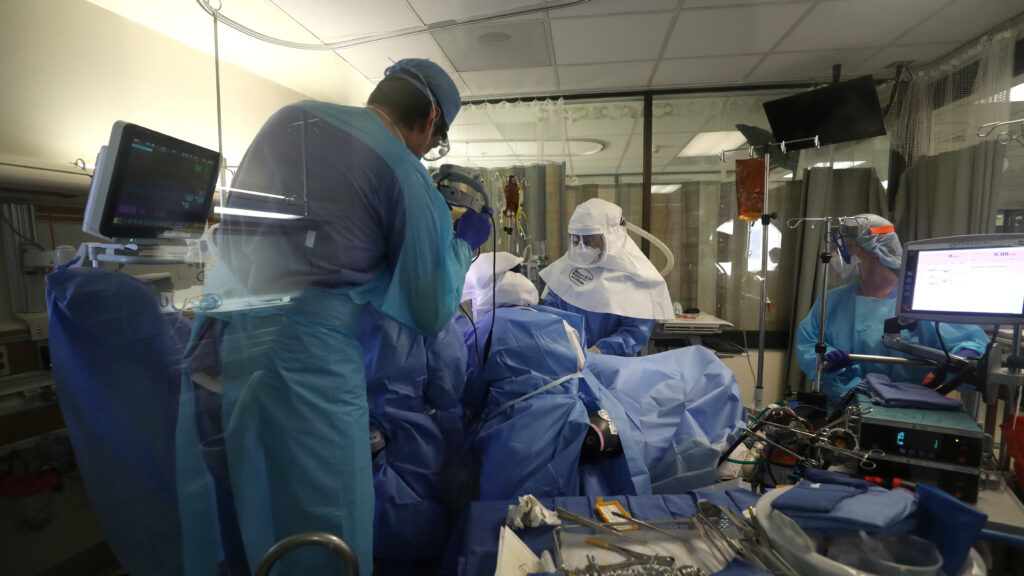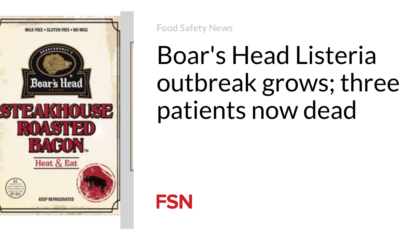Health
The shortage of doctors in the field of infectious diseases is a growing problem

TThe Covid-19 pandemic underscored the importance of infectious disease physicians – but the field continues to face a shortage, impacting the health of communities across the US. Specialists discussed the impact of the shortage and possible solutions during a recent press conference hosted by the Infectious Diseases Society of America.
“Nearly 80% of counties in the U.S. do not have an ID physician,” said Kinna Thakarar, an infectious disease physician at MaineHealth Maine Medical Center.
Only in 2023 half of infectious disease residency training programs were filled – continuing a long-running trend. Applications in the programs temporarily rose in the wake of the pandemic, a phenomenon known as the “Fauci effect,” but soon fell again.
Input from infectious disease healthcare teams is needed in everything from oncology to maternal health. Patients who are more vulnerable because they undergo surgery or take immunosuppressive medications need access to infectious disease care. More broadly, “we are all getting older as a population, and the proportion of people with compromised immune function is increasing,” says Paul Pottinger, an ID physician and director of the ID Fellowship Training Program at the University of Washington.
Climate change also means that as animals, including mosquitoes, ticks and fleas, move into new areas, the risk of new and re-emerging infectious diseases increases.
Like many other public health issues, the shortage mainly affects people who live far from urban centers and those struggling with issues such as addiction. “In rural areas, patients sometimes have to drive for hours to access care, or have no access at all,” says Thakarar. When it comes to infectious diseases, early intervention is crucial to prevent adverse consequences. Thakarar, who provides infectious disease care to unhoused people in Maine, noted that infections linked to substance use are also increasing.
A major hurdle to growing the number of infectious disease physicians is that the field is one of the least compensated medical specialties. “People graduate with debt,” says Amanda Jezek, senior vice president of public policy and government relations at the Infectious Diseases Society of America.
Hoping to address the problem, the infectious disease community is now asking Congress to fund the already approved Bio-Preparedness Workforce Pilot Program, which Jezek said would “provide a loan repayment incentive in exchange for up to three years of service. as ID professionals in areas with a shortage of healthcare professionals [such as in] medically underserved communities or in federally funded clinics.”
Previous programs focused on increasing the workforce using financial incentives to recruit more physicians to underserved specialties, such as primary care rural care, have been a point of contention. Although medical students typically graduate with high levels of debt, structural considerations beyond financial incentives, such as physician burnout rates and long working hours, can also influence students’ residency choices.
The physician shortage extends across all specialties: a recent Association of American Medical Colleges report predicts that the US will have a shortage of 86,000 doctors by 2036. The speakers at the press conference noted that the shortage of care in infectious diseases itself goes beyond a shortage of physicians; there is also a shortage of specialist infectious disease nurses, clinical microbiologists, pharmacists and laboratory technicians.
“There just aren’t enough people to do the work and for that reason our patients and communities are suffering,” Pottinger said.













